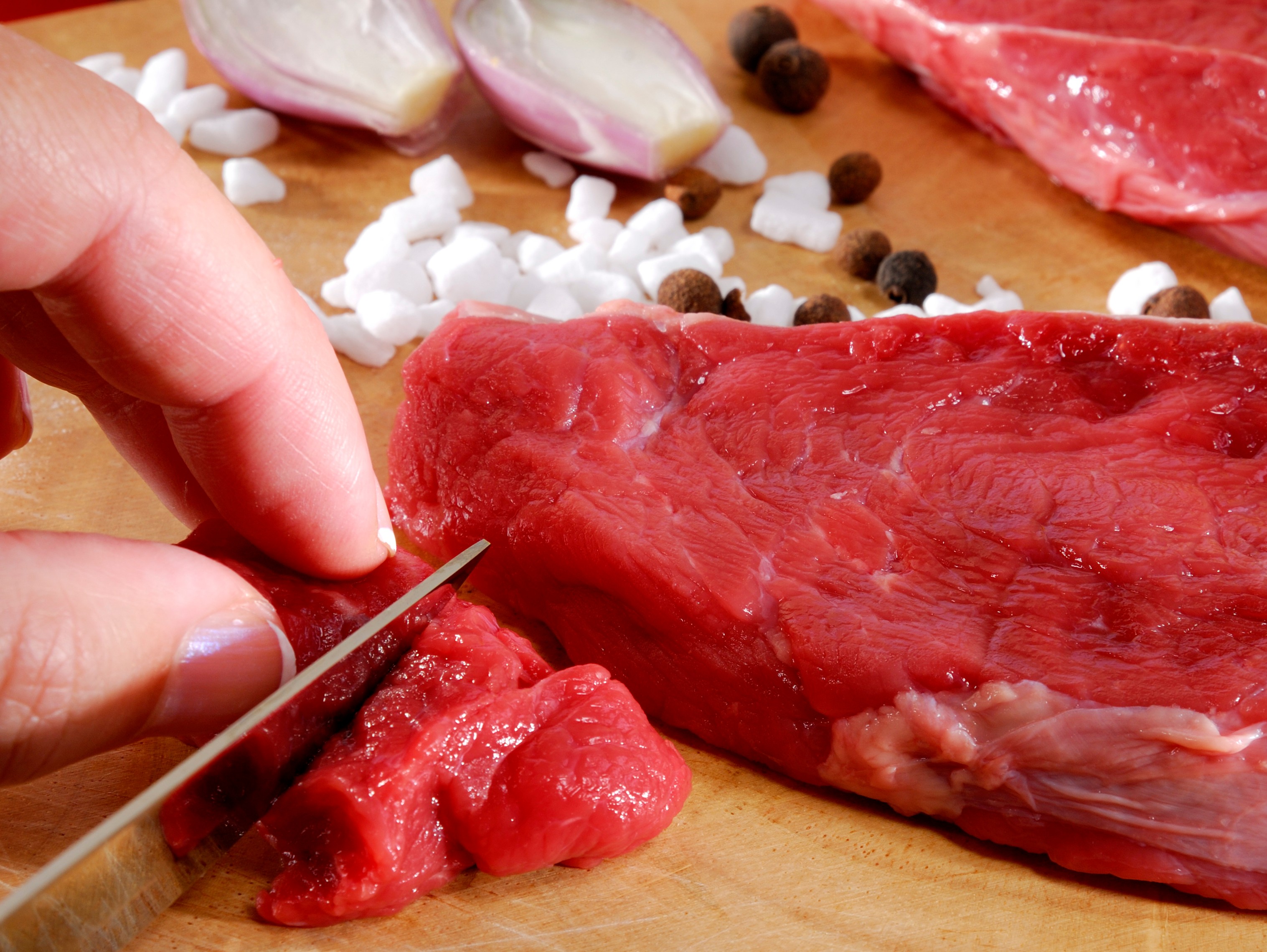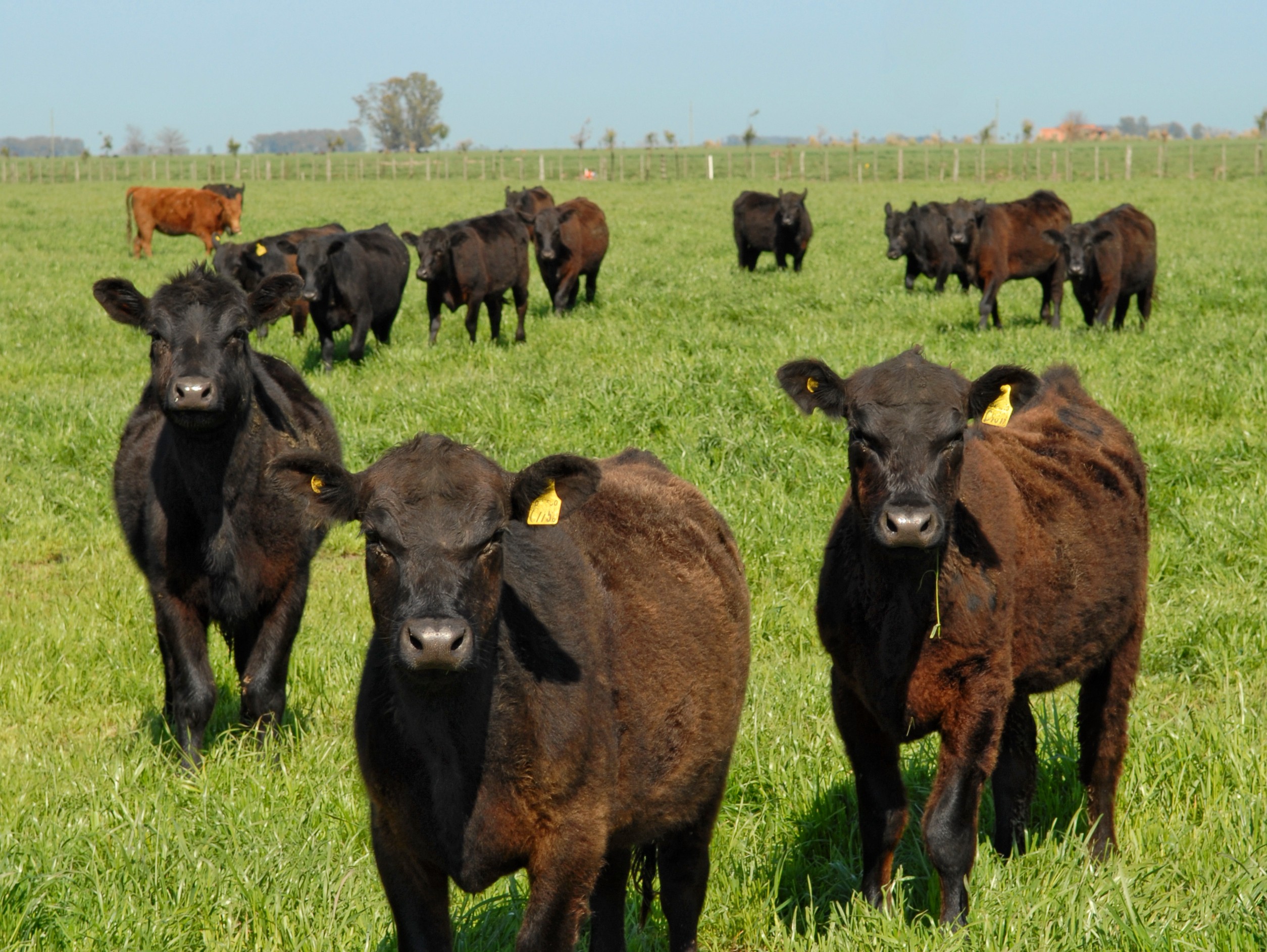
All meat scientists over the world were invited to attend the annual International Congress of Meat Science and Technology to present and discuss their progress on scientific meat research. This year nearly 400 scientists came to Uruguay where Dr. Fabio Montossi (INIA Uruguay) hosted the congress. One of the speakers was Theo Verkleij, (TNO The Netherlands) and here he reports his highlights.
The central motto of the congress was ‘Nature and Innovation’ with due respect for the global meat industry. With the world population growing towards an expected 9 billion people in 2050, there will be an increased demand in food which worries most of us. Through the sharing and exchange of knowledge, experiences, ideas and innovations and open discussion between scientists, processors, producers, policymakers and other key members of the global meat industry, solutions are created to face these challenges.
The congress was opened by a special Uruguayan historical presentation of Ana Riberio on ‘Meat, Tradition and Society in the Pampas Region of South America’. She presented the origin of the livestock in Uruguay, which was the trade of hides. In the period between 1875 and 1886 the British army ruled Uruguay and this was the boost to cattle farming and the production of milk. After a civil war in 1904, the farmers started to implement new methods for breeding of cattle and additional sheep were introduced for wool and meat production. Nowadays, due to the current climate of Uruguay, 290,000 megatons of meat are exported yearly to all parts of the world, based on a unique tracking and tracing system. And we must say that the meat we tasted was tender and delicious.
I presented an overview of current and new strategies to reduce the sodium content in meat products. Scientific explanation of the different functions of sodium in meat products was given and solutions for reductions were presented based on dividing the meat products into categories. The function of sodium is well mapped and several examples were presented from practice, of up to 60% reduction. At the end of the presentation, good questions were asked by the audience which illustrated to me that sodium reduction is still receiving attention. One interesting question was why the sodium content of Dutch meat products has not decreased over the years. The answer in my opinion is that the marketing department of retail organisations want sodium reduction, but the buyers within those retailers do not want to pay a higher price for the products. This impasse will continue until the government introduces food regulations on sodium.
Christina Cabrera (Agronomy Faculty Uruguay) highlighted the health of meat for consumers. Her conclusion was that meat contains high levels of minerals (like iron, haem iron, selenium and zinc), and that the high levels of Conjugated linoleic acid isomers contribute to the fact that meat is a valuable nutrient in a diet. Sharlene McNeill (Human Nutrition Research, National Cattlemen's Association USA) came up with a dazzling presentation on the positive contribution of meat consumption towards health. An old ingested statement that "animal fat is bad and increases the cholesterol level in your blood" was swept aside by Sharlene with arguments. The contribution of protein intake of meat compared to grain was extensively discussed, with the outcome of meat to be the winner. The protein deficiency, which is suffered by many elderly people, can be solved with the consumption of lean meat. Too bad that the overall presentation was unbalanced − it would have been better to also pay some attention to the fact that a high consumption of meat provides a higher risk of developing colorectal cancer. Questions on this topic were addressed by the audience after the presentation.
Tommy Wheeler (USDA, USA) explained the huge efforts that the American beef producers have made to reduce and control pathogenic microorganisms (such as Escherichia coli O157: H7). It has cost millions, but led to an attendance rate lower than 0.25% of E. coli O157:H7 in beef samples. However, this number still gives rise to a disease level of 1 per 100,000 consumers (in comparison, Salmonella gives rise to 13.5 to 17.5 patients per 100,000 consumers). The reduction is achieved by suppressing the risk of infection in livestock actively, and by avoiding cross-contamination as much as possible at slaughterhouses This starts already in the lairage areas of the animals and washing the cattle and the hides before slaughter. Subsequently, washing of hides can be carried out after stunning. Also, use of decontamination agents in the slaughter line has become an integral part in the combat of pathogenic microorganisms. The battle is not over yet.
Walter Beathgen (University of Columbia, USA) was one of the speakers on the topic of meat and sustainability. He presented both the effect of mankind on greenhouse gas emissions as well as the contribution of the livestock sector. The numbers: 62% of the greenhouse gas emissions comes from energy use, 18% is caused by deforestation and 14% comes from the agricultural industry. The livestock sector produces mainly methane and nitrous oxide, both of which have a great impact on global warming. In his presentation, Walter also indicated that if the milk and meat production per cow increases, the emissions per kg of milk or meat will decrease. This also applies when there is intensive agriculture: the emission per hectare is on average lower than in extensive farming. He presented a number of predictive models on the impact of the global rise in temperature, coupled with a precipitation pattern, which will change compared to the current situation. Based on these models, a country or a continent must take precautions. Side note: the climate is created and modified by all of us; this happened in the past and will happen in the future.
Steve Morris (Sheep Research Group, Massey University, New Zealand) discussed in his contribution the intensive production of sheep in New Zealand. Since 1990, the number of livestock farms has decreased by 27%, the increase in the number of animals was 38%, so the farmers are producing more efficiently. With the help of genetic improvements, the greenhouse gas emission per animal is also lower (26%). Steve sees further improvements in the use of grassland, fertility and survival of lambs after birth.
A similar contribution was presented by Alejandro La Manna (Dairy Research INIA, Uruguay) indicating that the current livestock industry is challenged to reduce the greenhouse gas emission in order to decrease the contribution to climate change. INIA compared 15 different farming systems and quantified those on the basis of the variation in the emission of carbon dioxide, methane and nitrous oxide, taking into account the analysis of the life cycle of the animal. The outcome is a multi-dimensional assessment of the sustainability of the production of meat. The figures inform policymakers how they can harness the potential for improvement and decrease the contribution to environmental effects.
José Fernando Piva Lobato (Federal University of Agronomy, Porto Alegro, Brazil) gave a presentation on meat production on pastures in Brazil. With an expected herd of 209 million cattle in 2023, Brazil will account for 20% of the world trade. An important aspect is the development of intensive forage systems for beef cattle, implementation of strategic feed supplementation, and introduction of health and genetic improvement programmes. All this with the aim of limiting the greenhouse gas emissions from the production of grass-fed cattle, which really is a challenge for the Brazilians.
Temple Grandin (Colorado State University, USA) showed a series of animal abuse, beating them, overloaded trucks from the farm to the slaughterhouses and examples in the slaughterhouse itself. Her presentation first paid attention to examples of biological system overload (like foot and leg problems in rapidly growing animals) due to pushing the animals past their biological limits. Then she showed several slides of animals in a lairage and driving them to the restrainer. It is truly amazing that this still exists in the year 2014. In her presentation, full of passion, it was made clear by Temple that the best thing to do was follow the route of the animals yourself, draw conclusions from the perspective of the animals and change the situation. Ask yourself how this would affect your business when someone put this on YouTube (almost every mobile has a video camera)? If so, then stop doing it in this way!
A more quiet atmosphere was created by Jacques Servèire (INRA, France) with his presentation on the welfare of animals kept for food production in a historical perspective. The consumer looks for the naturalness of the live animals, an idea that is often based on incorrect arguments. Current European law gives little space for development, but is also lagging in practice. Scientists are trying to contribute by bringing scientific results to governments. There is a large discrepancy between the ethical issues enforced by consumers and their tendency (often the same consumers) to buy the cheapest products available in supermarkets. A view based on psychology gave the audience a better view of the controversies. What was especially clear is that lawmakers are not yet able to combine scientific knowledge which is available about animals which are raised and kept for food production with the ethical demands of urban consumers. And so we are back to consumers, who take a more romanticised view of animals than farmers do.
Maria Font-Furnols (IRTA Spain) gave a presentation on determining factors on which consumers base their behaviour with regard to the purchase of meat or meat products. Besides the behaviour and experience, depending on appearance and sensory properties of meat, psychological and marketing aspects are of interest. A better understanding of this complexity can help to improve the competitiveness of the meat industry.
The next presentation I want to discuss is the presentation of Keith Belk (Animal Science, Colorado State University, USA) on the geographical background of meat and the consumers’ belief that the product they have bought is differentiated from that of other consumers. 'American grain-fed beef, Dutch or Danish pork, New Zealand lamb'; do we think and act locally or globally? "Is product differentiation based on geographical background a sentiment that evolved through the trade?" Keith wondered aloud. "The trend that more and more multinationals are larger and even supply cheaper products ensures that consumers pay more attention to meat which is locally born, raised and slaughtered. This statement was also a good start for Declan Troy (Ashtown Food Research, Teagasc, Ireland) with his presentation about the communication and marketing of various types of meat.

Meat consumption is still increasing, but there is a shift from red to white meat. Some meat markets are reaching a saturation point, signals Declan. "The consumer confidence in meat and the meat sector is currently stressed. Reasons for this include concerns about the environment issue, on food security and fraud and a growing group that puts animal welfare high on the public agenda. All this together generates a strong negative attention to meat consumption. The meat industry needs to include marketing tools to ensure that consumer confidence in the sector is maintained. The industry needs to continue to focus on the positive contribution of meat in a daily diet.”
It has been an intensive week with a lot of scientific information to absorb. The next ICoMST is organized by France and held in Clermont Ferrand.
If you want to know more about one or more of these topics, please contact Theo Verkleij (e-mail: [email protected]) or the editor.
Source: Snijden: @iStock.com/TerraSign, Koeien: ©iStock.com/pablofot